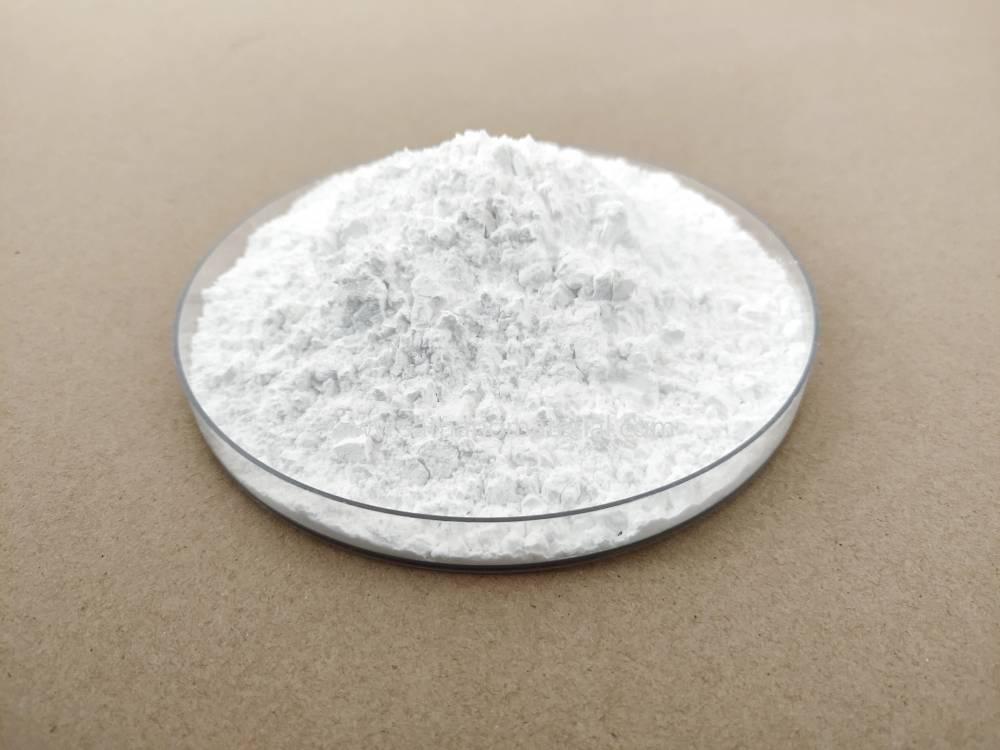Titanium dioxide is mainly divided into three types: plate titanium dioxide, anatase titanium dioxide, and rutile titanium dioxide. Rutile titanium dioxide and anatase titanium dioxide are two important types of titanium dioxide, which are currently the most widely used in the market. However, their properties differ greatly.

Difference in Chemical property
Titanium dioxide has extremely stable chemical properties and is a slightly acidic amphoteric oxide. At room temperature, it hardly reacts with other elements and compounds, and has no effect on oxygen, ammonia, nitrogen, hydrogen sulfide, carbon dioxide, and sulfur dioxide. It is insoluble in water, fat, dilute acids, inorganic acids, and bases, and only soluble in hydrofluoric acid. But under the action of light, titanium dioxide can undergo continuous oxidation-reduction reactions and has photochemical activity. This photochemical activity is particularly evident in rutile type titanium dioxide under ultraviolet irradiation, which makes titanium dioxide both a photosensitive oxidation catalyst for certain inorganic compounds and a photosensitive reduction catalyst for certain organic compounds.
Rutile type has better powder resistance and light retention than anatase type. However, the surface of pure TiO2 (anatase titanium dioxide) particles is photochemically active in the presence of water vapor and oxygen, rather than being inherently photochemically stable. Pure TiO2 can even promote the degradation of the substrate around its particles. Therefore, it is necessary to first stabilize TiO2 itself with light. The stability can be determined by controlling the type and amount of different inorganic oxides. Inorganic coating treatment is applied to TiO2. Forming a shielding net between the surface of TiO2 particles and the organic resin no longer promotes (reduces) the degradation of the organic resin.
The chemical name for titanium dioxide is titanium dioxide (TiO2), which is the best type of white pigment. Compared with anatase titanium dioxide, rutile titanium dioxide has the following advantages:
(1) High refractive index
The refractive index of rutile type is 2.71, and the refractive index of anatase type is 2.52. Therefore, the former has better coverage and glossiness than the latter.
(2) Different crystal structures
Rutile type crystals have a dense structure, stable specific ratios, low photochemical activity, and therefore good weather resistance. Whether it is rutile or anatase titanium dioxide, in the visible light wavelength range (400-700nm), they have an impact on
The reflectivity of light is high, therefore it has good whiteness. However, in the wavelength range of ultraviolet light, such as 300-400 nanometers, which is smaller than the visible light range, there is a significant difference in the performance exhibited by the two different crystal forms. For rutile (red line) in the highly lethal UVA band (350-400m), its reflectivity for ultraviolet radiation is much lower than that of blue anatase type. In other words, its absorption rate for ultraviolet radiation is much higher than that of blue anatase type. In this case, the organic resin surrounding it has to share much less ultraviolet light.
Difference in Application
Plate titanium is an unstable crystal form with no industrial value. Anatase, abbreviated as A type, and Rutile, abbreviated as R type, both have stable crystal lattices and are important white pigments and porcelain glazes. Compared with other white pigments, they have superior whiteness, coloring power, covering power, weather resistance, heat resistance, and chemical stability, especially without toxicity.
Sharp titanium dioxide, also known as A-type titanium dioxide. It is an excellent white powder pigment with good light scattering ability, resulting in good whiteness, strong coverage, and high chemical stability. It is non-toxic, odorless, and has no irritating effect on the human body. It is widely used in many industrial fields, such as coatings, plastics, photocatalysis, batteries, papermaking, and inks.
Rutile titanium dioxide, also known as R-type titanium dioxide. Based on the experience of quality control in the production of pyrite type titanium dioxide by sulfuric acid method, innovative research has been conducted on inorganic coating, organic treatment, salt treatment, calcination control, hydrolysis and product application. Advanced color and particle size control, zirconium silicon aluminum phosphorus multi-element inorganic coating and new organic treatment technology have been adopted to develop a new generation of high-end universal (slightly water-based) rutile titanium dioxide. Suitable for various industries such as architectural coatings, industrial paints, anti-corrosion paints, cosmetics, inks, batteries, powder coatings, etc.
SAT NANO is a best supplier of titanium dioxide nanopowder in China, we can offer 5nm, 30nm, 50nm and 100nm, if you have any enquiry, please feel free to contact us at admin@satnano.com
 online service
online service 13929258449
13929258449 admin@satnano.com
admin@satnano.com + 8613929258449
+ 8613929258449